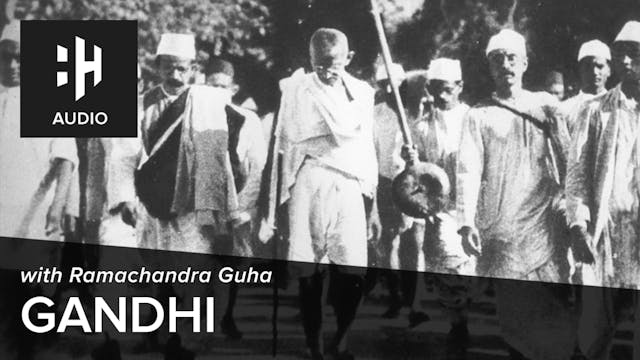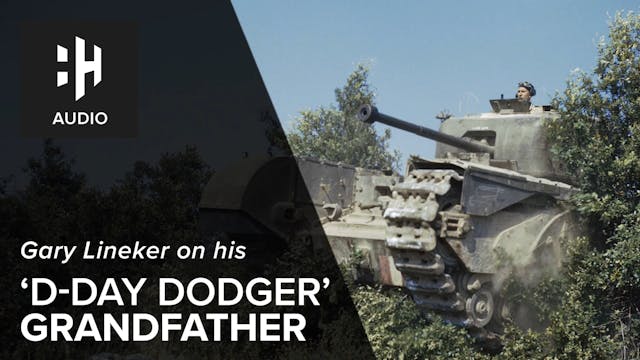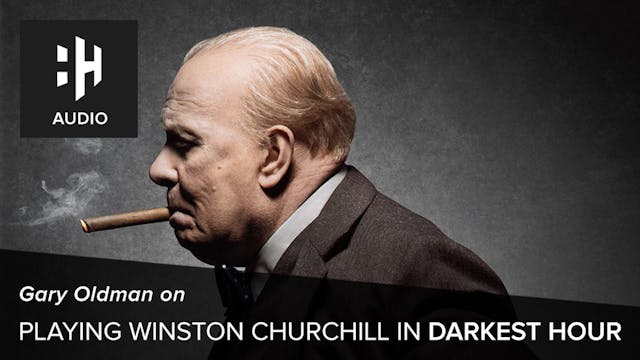🎧 Gallipoli: the Endgame
🎧 Dan Snow's History Hit
•
32m
In December 1915, some 135,000 allied troops, nearly 400 guns and 15,000 horses were collectively trapped in the bridgeheads at Anzac, Suvla and Helles. It was clear that the operation to seize control of Dardanelles and the Bosporus straits and capture Constantinople (now Istanbul) from the Turks, and thereby open a Black Sea supply route to Russia, had failed. With every day that passed the Turks moved up more guns, threatening to blast to pieces the flimsy piers, breakwaters and blockships that acted as makeshift harbours to feed and supply tens of thousands of men. And winter was coming. The evacuation plans were brilliant, but it was still a close-run thing. A spell of bad weather in the final days might have destroyed the flimsy piers, leaving thousands trapped helpless should the Turkish guns open up and their infantry swarm over No Man's Land. Dan and historian Peter Hart discuss this story of how the Gallipoli garrison escaped to fight another day. Peter Hart was an oral historian at the Imperial War Museum for almost 40 years, during that time he interviewed thousands of veterans. An internationally acknowledged expert on Gallipoli, he is uniquely well placed to tell this remarkable story.
Up Next in 🎧 Dan Snow's History Hit
-
🎧 Gandhi with Ramachandra Guha
Gandhi is a complex and sometimes controversial figure, so Dan chats to Ramachandra Guha to find out what shaped Gandhi's worldview and how his early life informed his actions.
-
🎧 Gary Lineker on his 'D-Day Dodger' ...
Gary Lineker's grandfather was one of the 'D-Day Dodgers': men who fought in the Italian campaign, who were accused of missing the supposedly harder fighting in Normandy. Of course, this wasn't true. The Italian campaign was one of the hardest military campaigns of World War Two, and Dan talks to...
-
🎧 Gary Oldman on Playing Winston Chur...
Dan Snow talks to acclaimed actor Gary Oldman about the challenge of taking on the role of Winston Churchill in 'Darkest Hour', and the role of art in interpreting history.



